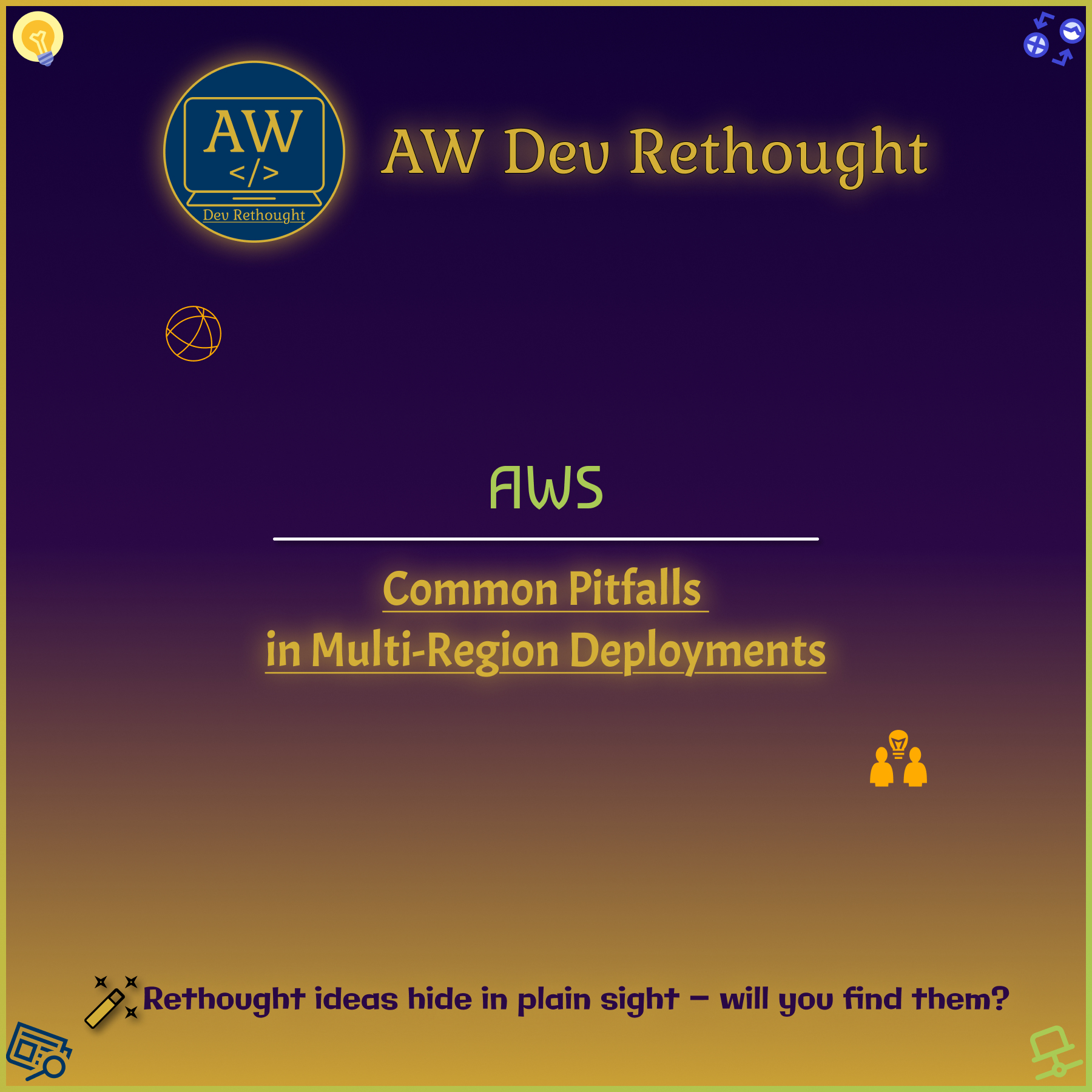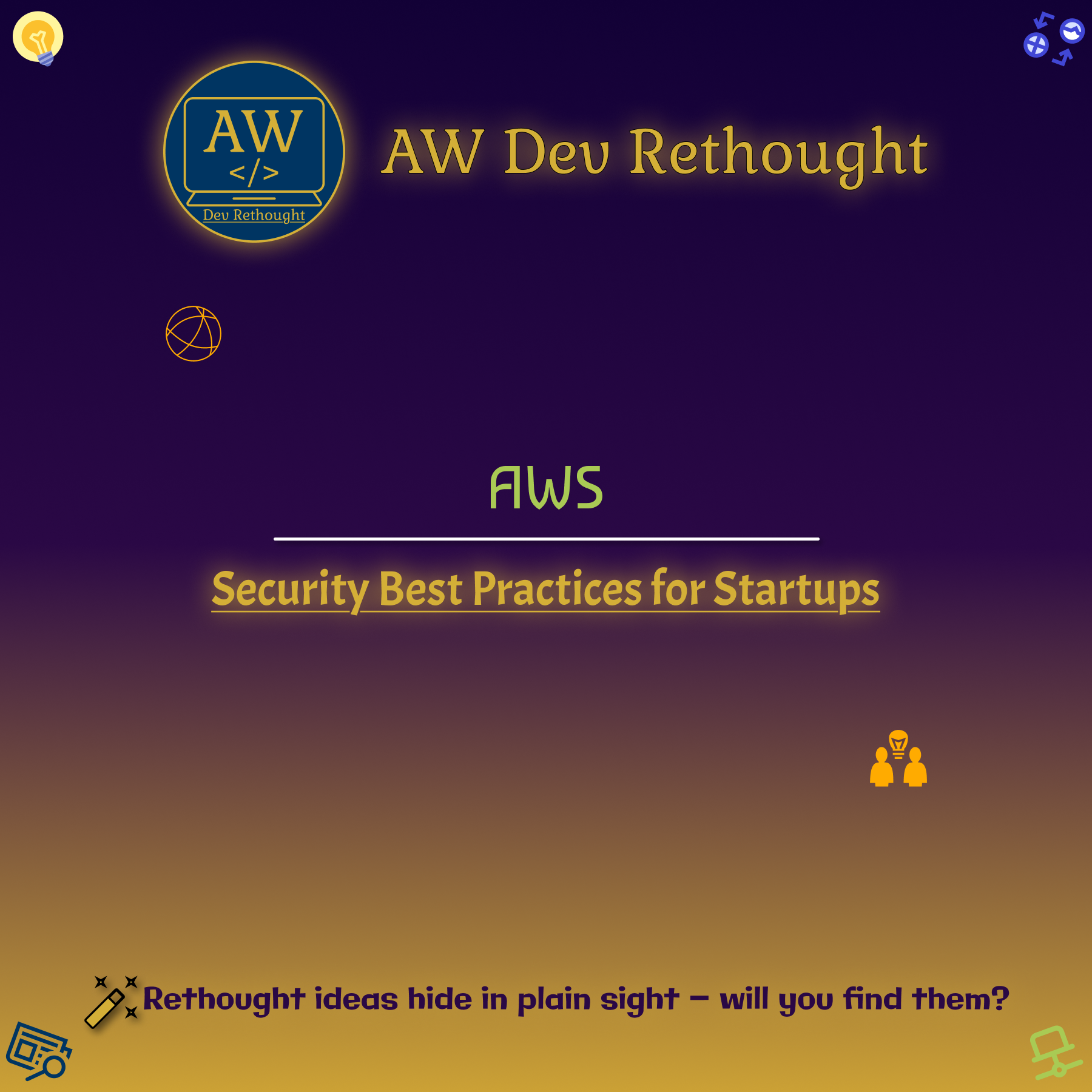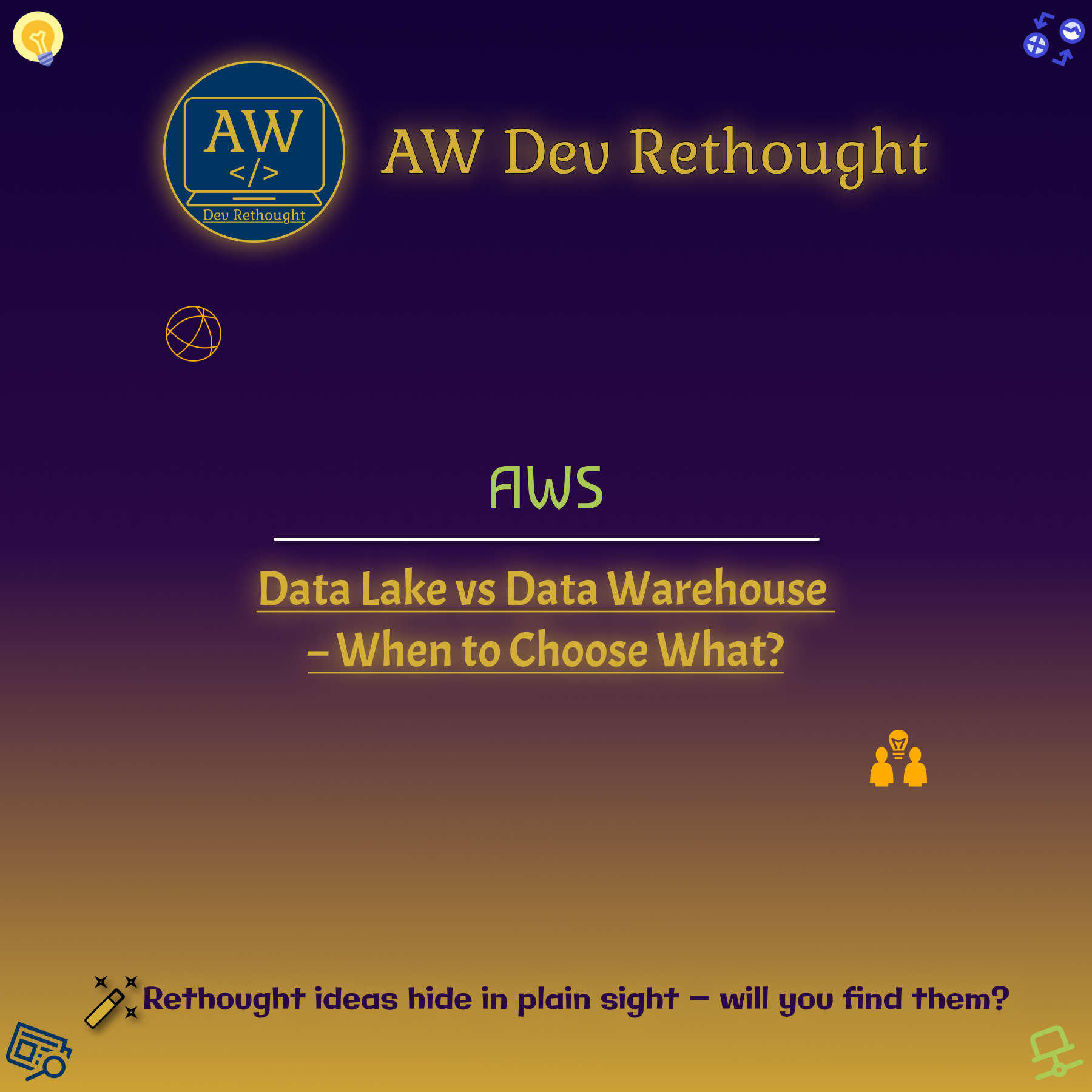AWS: Securing AWS Environments – A Practical Checklist
Posted On: October 4, 2025 | 2 min read | 0
Introduction
AWS offers flexibility, scalability, and speed — but with great power comes the responsibility of securing every layer of your environment. Misconfigured cloud setups are one of the top causes of data breaches. This blog provides a practical checklist to ensure your AWS environment is not only scalable but also secure by design.
AWS Security Checklist
1. Identity & Access Management (IAM)
- Enforce MFA (Multi-Factor Authentication) for all users.
- Apply least-privilege principles — no over-permissive roles.
- Rotate IAM access keys regularly.
- Use IAM roles for EC2, Lambda, and other services instead of long-term credentials.
2. Network Security
- Restrict inbound traffic with Security Groups and NACLs.
- Use VPC Flow Logs to monitor traffic.
- Enable PrivateLink / VPC Endpoints for internal communication instead of public exposure.
- Apply WAF (Web Application Firewall) to filter malicious traffic.
3. Data Protection
- Encrypt data at rest (KMS, SSE-S3, SSE-KMS).
- Encrypt data in transit with TLS/SSL.
- Use AWS Secrets Manager / Parameter Store instead of hardcoding credentials.
- Enable S3 Block Public Access by default.
4. Monitoring & Logging
- Enable CloudTrail across all regions.
- Use CloudWatch Alarms for anomaly detection.
- Aggregate logs into AWS Security Hub or SIEM tools.
- Enable GuardDuty for continuous threat detection.
5. Infrastructure Hardening
- Keep EC2 AMIs and containers updated.
- Run Inspector for vulnerability management.
- Apply Shield / Shield Advanced for DDoS protection.
- Regularly audit with AWS Config Rules.
6. Backup & Recovery
- Automate EBS snapshots & RDS backups.
- Use Cross-Region Replication for resilience.
- Test Disaster Recovery (DR) drills periodically.
Pro Tips for Teams
- Implement CIS AWS Foundations Benchmark as a baseline.
- Use Infrastructure as Code (IaC) (Terraform/CloudFormation) to enforce secure defaults.
- Set up account-level guardrails with AWS Organizations & Service Control Policies (SCPs).
- Always enable billing alarms to detect unusual spikes (potential breach).
Closing Thought
Securing AWS isn’t a one-time job — it’s a continuous discipline. By following this checklist, you ensure that your cloud doesn’t just scale, but also stays resilient against threats.
Remember: A secure cloud is a trusted cloud.
Rethought Relay:
Link copied!
Comments
Add Your Comment
Comment Added!





No comments yet. Be the first to comment!